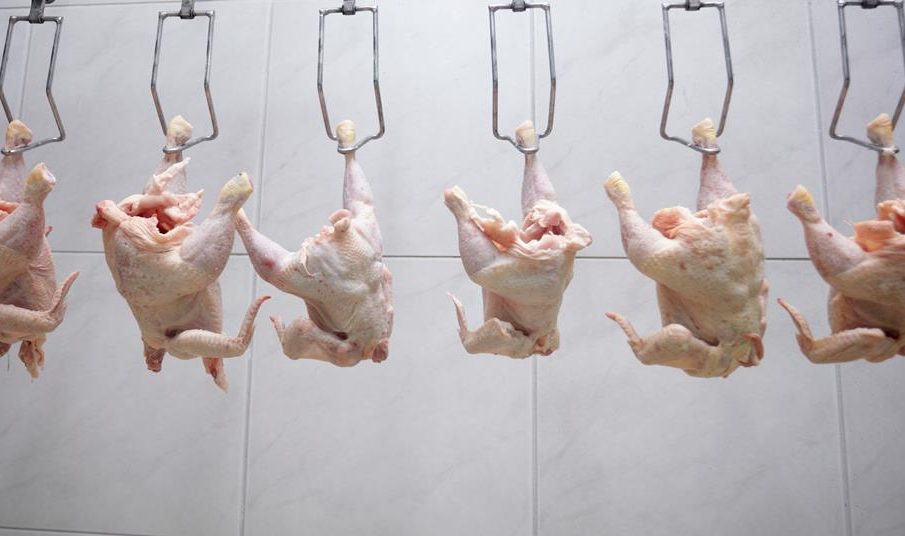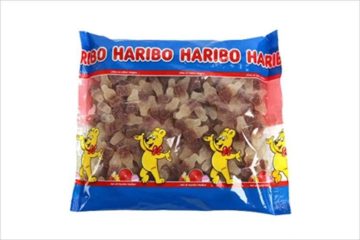The Controversy Surrounding Chlorinated Chicken

Introduction to Chlorinated Chicken
Chlorinated chicken, a term that has sparked significant debate, refers to the practice of rinsing poultry with a chlorine solution to reduce bacterial contamination. This method is commonly used in the United States and has raised concerns in other countries, especially in the United Kingdom and the European Union. The potential impact on food safety, consumer health, and international trade makes it a pressing issue in today’s globalised food market.
Understanding the Process
The chlorination process is performed to combat harmful pathogens such as Salmonella and Campylobacter, which can cause serious foodborne illnesses. Proponents argue that chlorinated rinses effectively reduce these risks, thus promoting public health. However, critics raise alarm bells regarding the potential health risks associated with consuming chlorine-treated meat and the impact on animal welfare practices. The controversy intensified following discussions on trade agreements, particularly in light of Brexit and the US-UK trade negotiations.
Current Events and Regulatory Stance
Recent events have highlighted the discord over chlorinated chicken. In 2021, as trade talks between the US and UK progressed, UK officials and consumer groups expressed concern that accepting chlorinated chicken as a standard could undermine food safety standards that have been in place for decades. In contrast, supporters of the practice maintain that the process is safe and necessary given the scale of poultry production.
In July 2023, the UK Food Standards Agency (FSA) reiterated its position against the importation of chlorinated chicken, stating that it would only accept poultry processed in a manner that aligns with existing UK regulations. This stance is backed by consumer sentiment; a recent survey indicated that a significant majority of the British public favours maintaining strict food safety standards, even if it means potential trade complications.
Consumer Perspectives and Future Implications
As consumers become increasingly aware of food sourcing and safety, the debate over chlorinated chicken will likely persist. Advocacy groups are pushing for transparency in food labelling and stronger regulations on imported products. As trade dialogues continue, the outcome will have significant implications for both public health and international relationships.
Conclusion
The issue of chlorinated chicken serves as a reminder of the complexities surrounding food safety and trade agreements. As discussions evolve, consumers must remain informed and engaged on what they are consuming. Moving forward, the emphasis will be on finding a balance between trade needs and maintaining high food safety standards that prioritise public health. Only time will tell how this debate will unfold, but it’s crucial for stakeholders to stay abreast of developments in this vital area.








